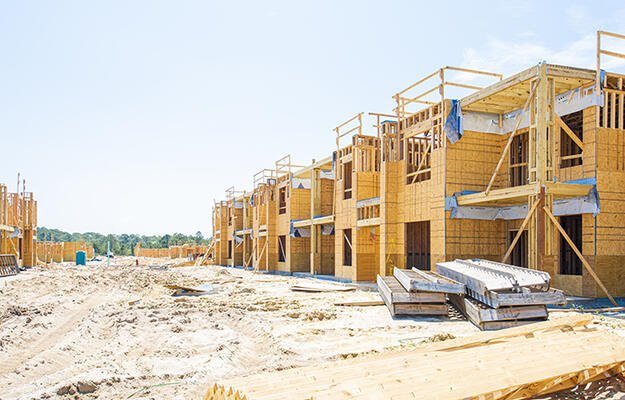
Promising Solutions for Increasing Equitable TOD
- Title:
- Promising Solutions for Increasing Equitable TOD
- Author:
-
John K. Hersey, Michael A. Spotts
- Source:
- Publication Date:
-
2015
Strategically connecting housing, jobs, and neighborhood amenities through equitable transit-oriented development (TOD) can strengthen opportunities and quality of life for low- and moderate-income households. Equitable TOD benefits families, local economies, municipal governments and the environment, but the coordination needed for successful projects can be hampered by differences in the incentives and regulations that potential partners face. In “Promoting Opportunity through Equitable Transit-Oriented Development: Barriers to Success and Best Practices for Implementation,” researchers from Enterprise Community Partners clarify the barriers to equitable TOD and present an array of methods for overcoming those barriers. A summary in Appendix A explains the importance of equitable TOD for job opportunities, health, economic development, municipal finances, and more.
Major findings:
- Parking requirements, single-use zoning, density limits, and automobile-oriented development patterns, create barriers to market-rate TOD as well as projects with affordability components.
- Creating affordable housing in TOD is further complicated by the higher cost of infill development and the cost premiums associated with transit-oriented neighborhoods.
- The degree of local government support for TOD contributes to the success, or lack thereof, of TOD near Federal Transit Administration transit sites.
- The development environment, in particular a lack of regulatory barriers, can support new transit and existing transportation infrastructure. Transportation planning and design similarly support local land use planning.
Recommended solutions, which are explored with examples and case studies, include the following:
- To reduce challenges from fragmentation, adopt proactive, collaborative strategies to support equitable TOD.
- To remove regulatory barriers and create incentives, reform plan, codes, and policies related to station area development.
- To overcome financial barriers, expand access to capital with terms and condition amenable to equitable TOD.
- To address market barriers to equitable TOD, enhance site access by using publicly-owned parcels and engaging in strategic land assembly for equitable TOD.


